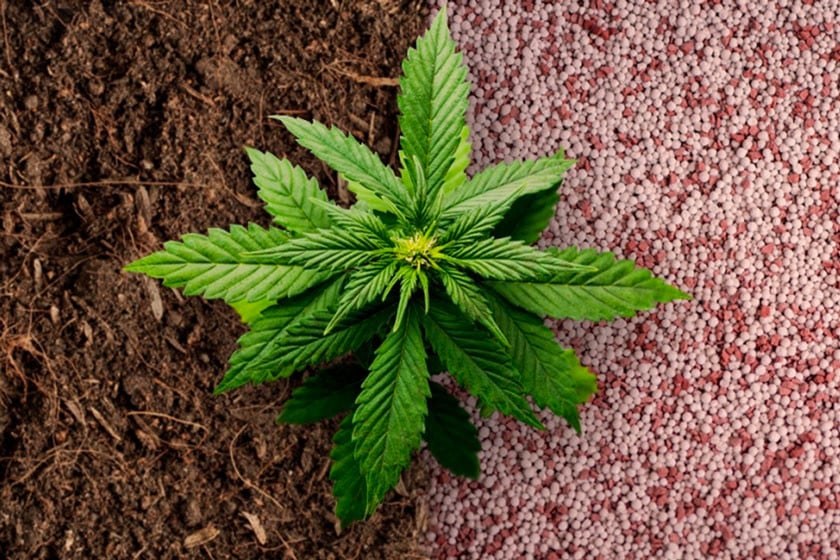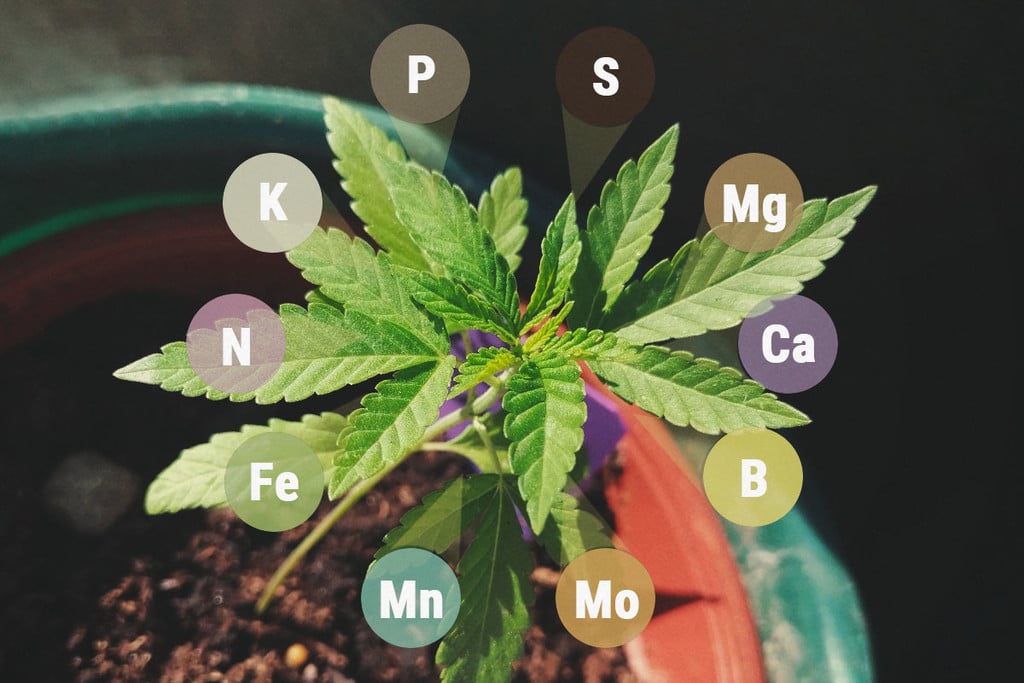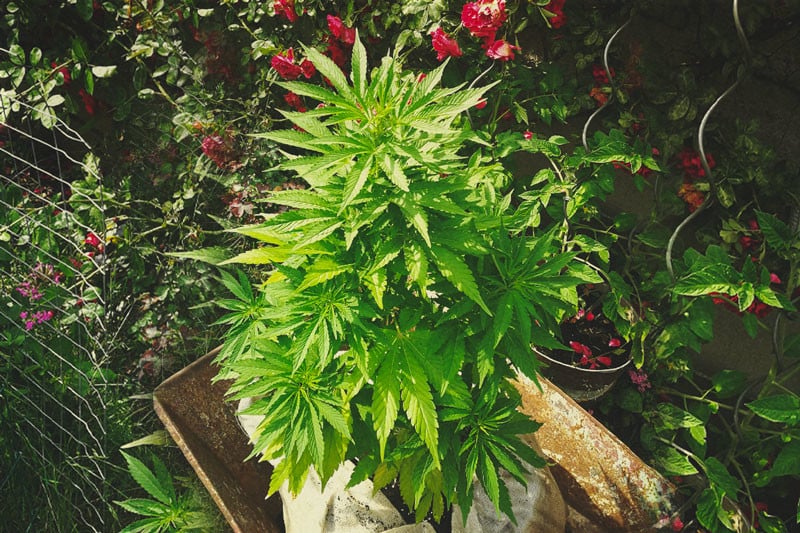.

Why Seaweed Is a Superfood for Cannabis Plants
Kelp is an incredibly nutritious source of food for cannabis plants, and it can help to regulate pH levels and boost the growth of beneficial bacteria in the soil. Find out all about it, including how to use it in your cannabis garden, in this article.
Contents:
Achieving a good crop of cannabis means giving your plants the best life you can. From pH levels to moisture, nutrients, beneficial bacteria, and more, there’s a lot to think about when it comes to growing weed. If only there was a single thing that could help in all of these respects.
Well, there is: seaweed! Or, kelp, more specifically. This marine organism is absolutely bursting with nutrients, and can help to maintain an environment in which your cannabis plants can grow and thrive. Discover all about seaweed, and how to use it, below.
What Is Seaweed and Where Does It Come From?
Seaweed is the generic name given to over 10,000 species of algae—more specifically, “macroalgae”—that live in the sea. These non-vascular organisms live on a combination of sunlight, nutrients absorbed from the water, and carbon dioxide. As they are non-vascular, they cannot transport nutrients around their bodies, and so many remain mostly submerged in order to survive.
Seaweed can range from very small to huge. In the case of Antarctic kelp, it can reach 33 metres in length! Each species has its own look, flavor, composition, and nutritional value. In this article, we’ll be focusing on kelp.
What's the Difference Between Kelp and Seaweed?
Kelp is a subspecies of seaweed that is particularly nutritious. It forms in so-called kelp forests and grows in shallow, nutrient-rich waters. It’s this environment that makes kelp so beneficial to cannabis and other plants. The seaweed absorbs a vast array of ocean minerals, which are then dispersed into the soil when used as a fertiliser.
In terms of nutrient content, it’s really quite incredible. Overall, kelp contains over 60 trace elements essential to cannabis growth. These include iron, manganese, cobalt, zinc, and molybdenum—all of which are greatly beneficial to plants.
What Are the Benefits of Using Seaweed for Cannabis?
But there’s much more to it than that. Below, we outline the pros and cons of using kelp to grow cannabis.
|
Pros | |||||||
|---|---|---|---|---|---|---|---|
| Contains over 60 trace elements essential to the healthy development of cannabis plants | Stimulates the growth of beneficial microorganisms in the soil | ||||||
| Helps to maintain a proper pH level | Kelp mulch regulates the moisture content of the soil | ||||||
| Kelp foliar spray delivers a rapid hit of beneficial nutrients | Powder can be mixed into soil before a grow begins to create a very fertile growing environment | ||||||
|
Cons | |||||||
|---|---|---|---|---|---|---|---|
| Can be illegal to harvest in certain places | |||||||
| Might be difficult to get hold of if you don’t live near the coast | |||||||
| Other than that, kelp is a pretty good choice! | |||||||
| Pros |
|
Contains over 60 trace elements essential to the healthy development of cannabis plants |
|
Stimulates the growth of beneficial microorganisms in the soil |
|
Helps to maintain a proper pH level |
|
Kelp mulch regulates the moisture content of the soil |
|
Kelp foliar spray delivers a rapid hit of beneficial nutrients |
|
Powder can be mixed into soil before a grow begins to create a very fertile growing environment |
| Cons |
|
Can be illegal to harvest in certain places |
|
Might be difficult to get hold of if you don’t live near the coast |
|
Other than that, kelp is a pretty good choice! |
How to Use Kelp in Your Cannabis Garden
Using kelp to grow cannabis is pretty easy, and there are a few different methods of administration, which means that you can tailor your use of kelp to specific ends.
Different Forms of Kelp
While you can just throw some harvested kelp onto your soil and let it break down, there are several options to choose from when it comes to using seaweed to grow cannabis.
Kelp Food
Kelp food, or kelp meal, can be mixed directly with soil. This must be done around four months before you intend to germinate seeds. This method supercharges the growing medium and creates an incredible environment for your plants to flourish.
As well as being packed with nutrients, after several months, the soil will develop a thriving ecosystem of beneficial bacteria, all of which will help to keep your plant healthy throughout its life cycle. Plus, the pH balance of your soil should be correct from the very beginning.
To use kelp meal, add around 17.6 oz of kelp food per 9m³ of soil, and leave for at least four months.
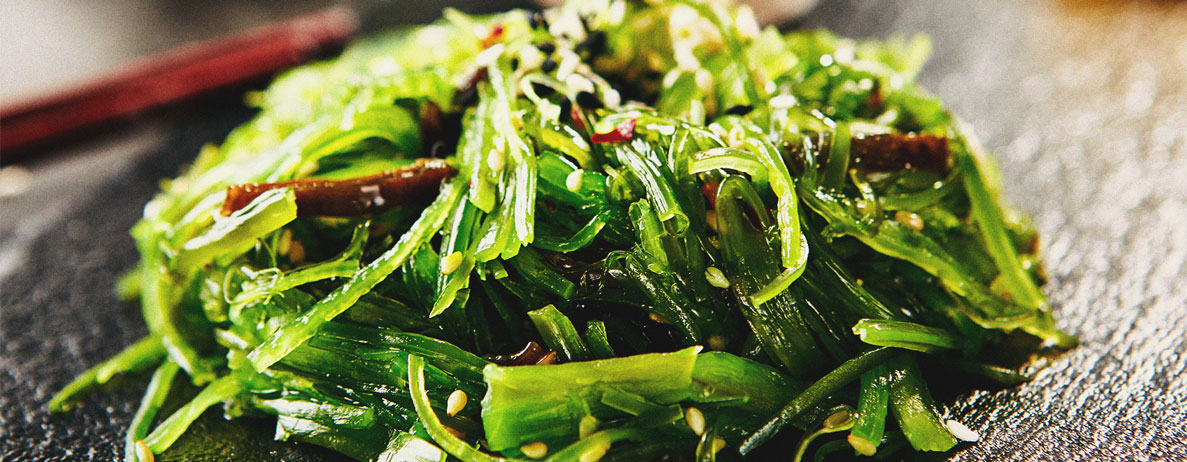

Kelp Powder Foliar Spray
Kelp powder must be mixed with liquid to make a seaweed solution. This foliar spray provides perhaps the most direct means of getting all the goodness of kelp into your cannabis plants. Simply spray it onto the leaves and they will absorb it, transporting it immediately around the plant.
It’s worth noting, though, that using a foliar spray isn’t a viable regular feeding method. It’s fantastic at providing a large dose of nutrients to a plant that needs it, but it shouldn’t replace a good feeding regimen via the growing medium.
To make a kelp solution, mix ½ a teaspoon of kelp powder with 5 litres of water and apply via a mist.


Mulching
Mulching is another great option for using seaweed with cannabis. To mulch, you’ll need a supply of fresh and whole kelp in its natural form. Once acquired, simply pile it around the base of the plant and leave it to decay. As it breaks down, its nutrient-rich body will pass down into the soil, where the plant’s roots will be able to absorb it. Moreover, as it breaks down gradually, it will continue to feed your plant until it’s all disappeared.
Aside from the above, mulching also prevents invasive plant growth, encourages the growth of healthy bacteria in the soil, retains moisture in the soil, and helps to maintain the correct pH balance.
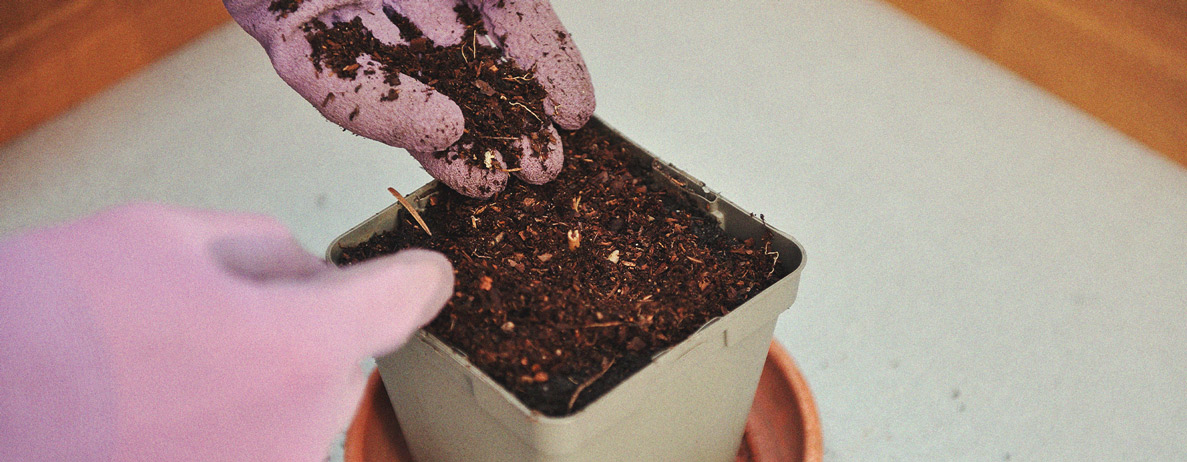
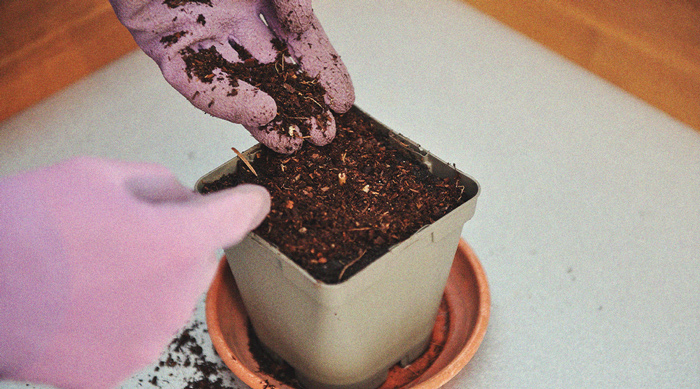
Composting
Alternatively, you could add fresh kelp to the compost and allow its nutrients to mingle with and enhance those of the general compost heap. If you choose to go this route, mix the kelp well with the contents of the compost bin, as it could otherwise prevent good airflow and lead to improper decay.
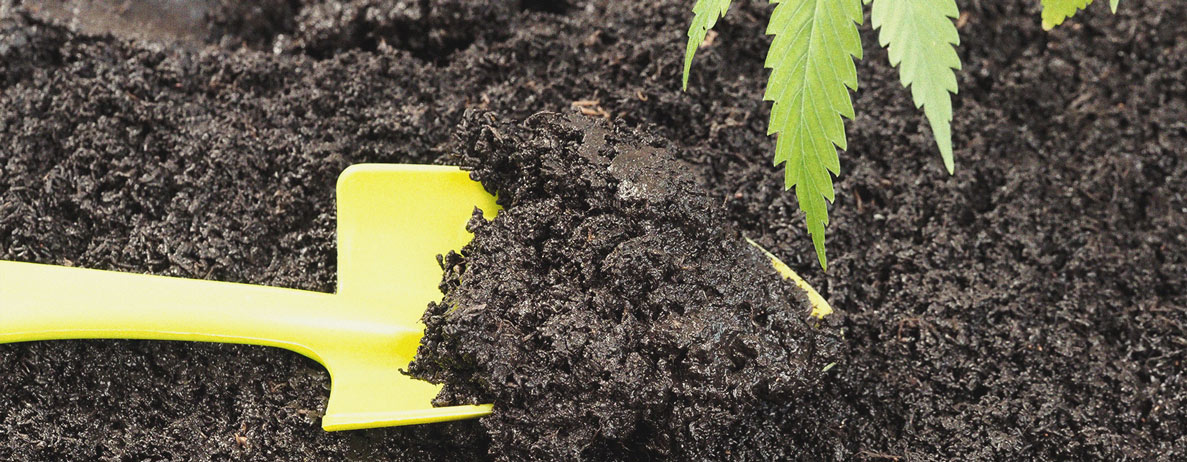

Liquid Fertiliser
Another very easy option is to use a kelp-based liquid fertiliser to feed your cannabis plants. Administering kelp liquid fertiliser is just like doing so with any other liquid fertiliser. You simply add the required amount to water, and give it to your plants.
Although it differs from product to product, around 1 teaspoon per 2.5 litres of water is likely sufficient when using a liquid kelp fertiliser. Don’t be tempted to overdo it, though, as this will have negative consequences!

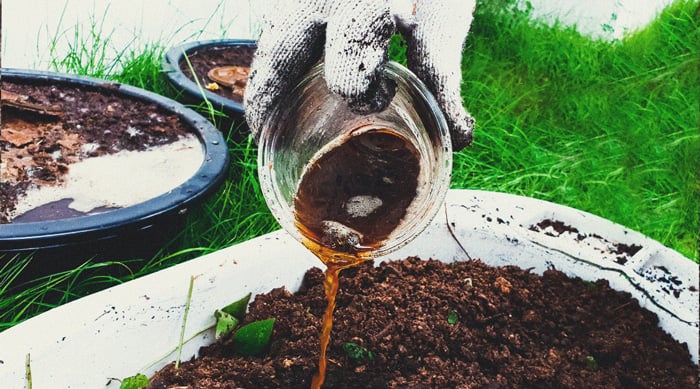
How to Forage for Kelp
It’s pretty easy to buy seaweed fertiliser, powder, and meal online or in garden centers. However, if you live by the sea, you might also be able to forage for your own.
You’ll find kelp strewn across the shoreline when the tide goes out, and you can just pick it up and take it home. Double-check local laws before you do this, as in some places it may be illegal. Likewise, remember that other organisms thrive in kelp too, so don’t remove all the kelp from a beach, as you risk damaging the local ecosystem.
Kelp and Cannabis: Is It Worth It?
Yes, definitely. The only time that going without kelp might be worth it is if it’s hard to get hold of. But in most cases, buying it shouldn’t be a problem, and finding it should be fairly easy too, depending on where you live.
Seaweed is perhaps the most nutrient-rich fertiliser available for growing cannabis, and that’s not to mention its many other benefits as well. If you’re able to use kelp in your cannabis grow operation, then you should do it!


























